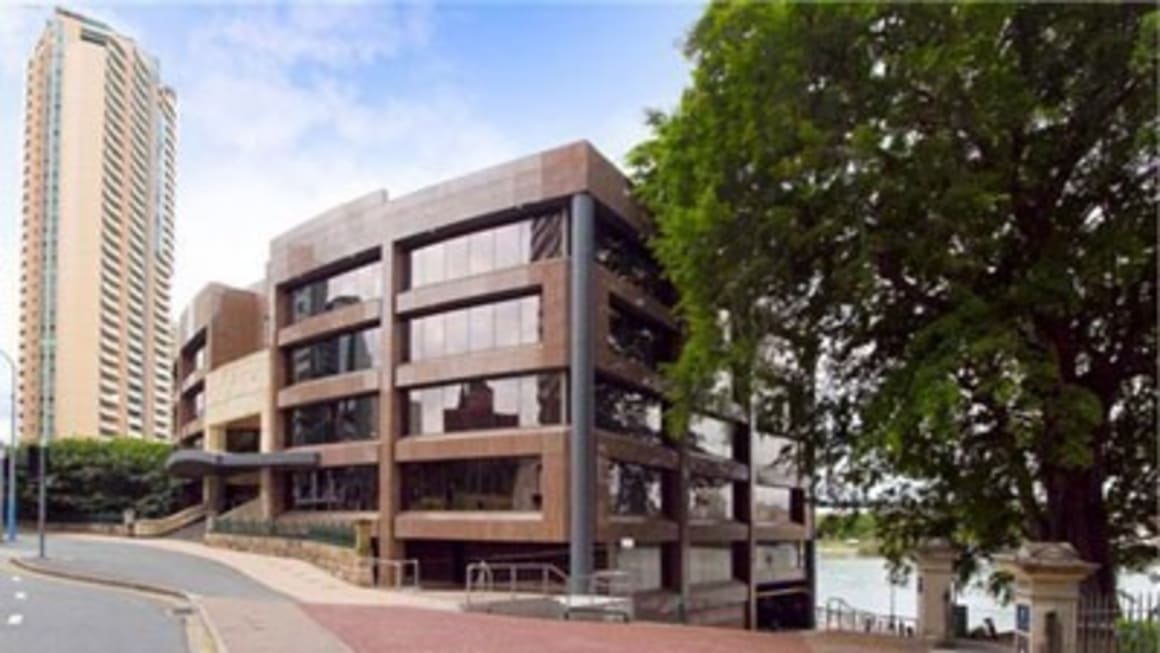Wotif co-founder Andrew Brice reportedly buys Brisbane office block Nathan Tinkler didn't

The co-founder of accommodation booking website Wotif, Andrew Brice, has been tipped as the buyer of the office tower Nathan Tinkler didn’t – at time when BIS Shrapnel is forecasting the Brisbane office vacancy rate to hit 10%.
Brice has reportedly purchased 443 Queen Street in Brisbane for around $40 million.
Tinkler had initially agreed to buy the 22-year old waterfront building in the heart of the Brisbane’s CBD for around $37 million from Bramley Properties earlier this year.
Brice's name emerged after the 5,500-square-metre building was relisted for sale after Tinkler was unable to secure an extension on his deal. Jones Lang LaSalle’s Seb Turnball and Geoff McIntyre reportedly negotiated the deal but are declining to comment on the matter.
Both The Australian Financial Review and the The Australian have outed Brice as the buyer.
Brice is reportedly worth more than $200 million and is a member of the Order of Australia for his services to business. He co-founded Wotif with Graeme Wood.
The five-storey property is one of the last riverfront locations in the CBD yet to be developed into a high rise. The building will be leased to engineering company Hatch after Rio Tinto Alcan moved out of the building in June.
The property was built by developer Kevin Seymour in 1990 and bought by Bramley properties in 2004 for $23 million.
LINC Energy founder Peter Bond was reportedly close to paying $37 million for the building last year.
BIS Shrapnel has just published a report predicting the office vacancy rate in the Brisbane CBD to hit 10% by June 2013, reflecting the growing imbalance between new supply and demand.
“The completion of 145 Ann Street, has already released back-fill space and more will be added when the ATO moves into its new home at 55 Elizabeth Street in mid-2013”, says BIS Shrapnel’s Christian Schilling.
But he says the main factor pushing vacancy rates up in the short term is weak demand.
“The outlook for demand has softened markedly since early this year.”
“Large-scale redundancies at the state government, the downturn in demand for resources and falling business confidence mean that virtually no-one is looking for additional space.
“Only nine months ago the prospects for Brisbane was looking bright. Demand was strong and vacancies were falling, buoyed by investment in resource projects and associated employment growth. Most commentators expected the market to go from strength to strength.
“Few people anticipated the magnitude and speed with which the incoming Queensland government has cut jobs. In some departments over 1,000 staff have already gone, with large pockets of empty space appearing across floors. And the process is by no means complete—it will take some time, years perhaps, before it works itself through the system.”
He says as well as a drop in government tenancies, declines in the mining sector will lead to further vacancies.